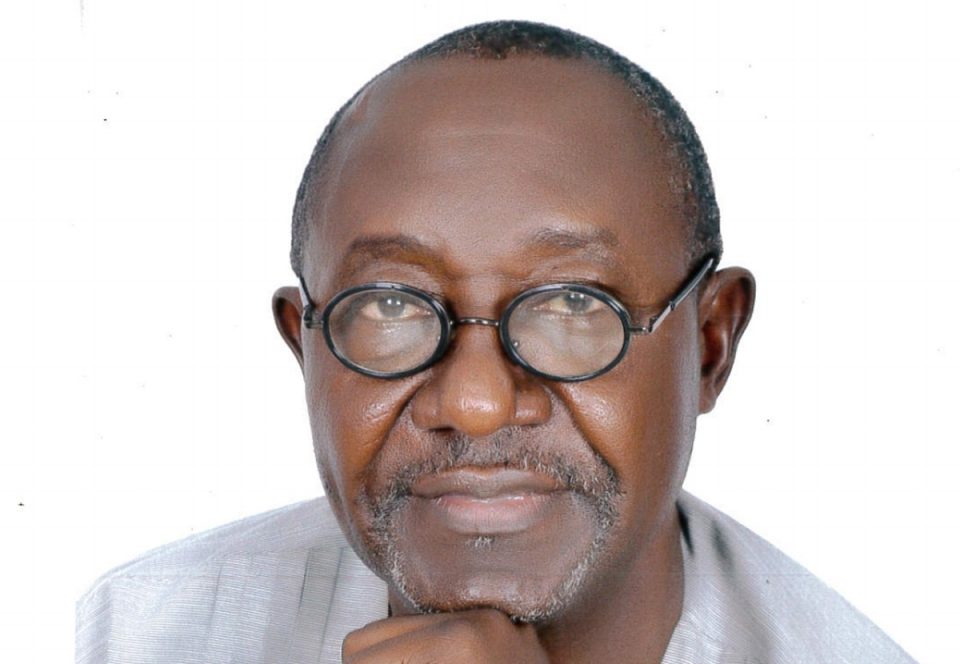As the fuel scarcity continues to linger, inducing higher cost of buying the commodity, the President, Independent Petroleum Marketers Association of Nigeria (IPMAN), Alhaji Debo Ahmed, has insisted that the Federal Government must review the rate and pricing regime if the persistence of scarcity of the Premium Motor Spirit (PMS) petrol is to abate and become a thing of the past.
Ahmed, in a telephone chat with The Nation, noted that the soaring exchange rate has invalidated the current pricing template. “The exchange rate is always catapulting. With the present situation, it is very necessary to review that NNPC rate because dollar has gone up,” he said.
Speaking in a similar vein, the National Operations Controller, IPMAN, Mike Osatuyi, also condemned the Federal Government’s pricing template used in determining pump price of petrol.
According to him, given the prevailing situation, a realistic or manageable pump price of petrol should be between N200 and N210 per litre. This, he sai, is based on the current landing cost of the product at a filling station is N194 per litre.
In arriving at the figure, Osatuyi said at the moment, petrol is sold at most depots at N186.50k per litre and the haulage cost about N9.50k per litre, as well as paying other undisclosed charges. This, he explained, justifies why the product should sell at N200 or N210 per litre.
“No marketer can sell petrol at the regulated price of N169 per litre with the current realities when landing cost is N194 per litre. Those saddled with the responsibility of petroleum importation and pricing should be held responsible for the price disparities at the fuel stations,” he said.
He further explained that the current price of petrol does not reflect inflation, Foreign Exchange costs, union dues and transportation, thereby making government’s pricing template unsuitable in the circumstance because it does not address current realities and pricing indices. “There are some cost fundamentals, additional charges and levies that are not factored into the template currently in use,’’ he observed.
Ahmed agreed with Osatuyi. The IPMAN boss said “the rate of exchange of the dollar to the naira is always on the rise daily, thus affecting rates and cost of the commodity, thereby making it unsteady.”
“We cannot sustain the pricing we are using because the neighbouring countries are using our petrol. They are selling up to N500 per litre. There is little the government can do to checkmate these perpetual smugglers,” he said.
He, like Osatuyi, justified the reasons that has made marketers to be selling the product above the official pump price of N162-N165 because they buy petrol above the ex-depot price from the private depots.
“Marketers buy petrol for about N185 to N190 per litre from the private depots; so it is impossible for us to sell the same product below what we buy it,” the IPMAN officials said at different interviews with The Nation, adding that the government has failed to compel the private depots to sell PMS at its official rates.
Besides, for Ahmed, it is unfair for the same Nigerian Midstream and Downstream Petroleum Regulatory Authority (NMDPRA) that cannot regulate the private depots to now want to regulate the marketers that buy from them.
“It is the price we buy the product from the private depots that has led to the disparity in prices at the pumps and reason we cannot sell at a regulated price. The template of the NNPC is still the same thing, but we get the product from the private depots. So, these private depots use the template they like. Their prices are from N185 to N190 per litre.
“If they government cannot regulate the private depots, there is no need for them to come and regulate marketers us that are buying from the private depots. NNPC is the sole importer that is giving the product to the private depots,” the IPMAN president argued.
Meanwhile, as the scarcity continues, the Nigerian National Petroleum Company Limited (NNPCL) stock of the product declined marginally by 5,481,239 litres on Monday.
NMDPRA which dropped the hint in a document titled: “Petroleum Products Stock & Days Sufficiency Data 7th November, 2022,” said the the total stock, which was 1,912725464 litres on 6th November, 2022, dropped marginally to 1,907,244,225 litres on 7th November, 2022.
The NMDPRA based its computation of average daily consumption on 60 million litres. Whereas the stock sufficiency was previously 30.94 days, it dipped to 30.84 days on 7th November, 2022.
According to the document, the NMDPRA said on 6th November, it had 620,755,085 litres land based stock that was closing stock less dead stock. It noted that marine stock at berth plus offshore was 1,235,365,363,288 litres, adding that total stock less dead stock was 1,856,118,373. The authority said depot dead stock was 56,607,091 litres, totally 1,912,725,464. It noted that 650,939,902 litres was land based stock that was closing stock less dead stock. The authority said marine stock at berth plus offshore was 1,199,676,226 litres while depot dead stock was 56,628,097 litres.




